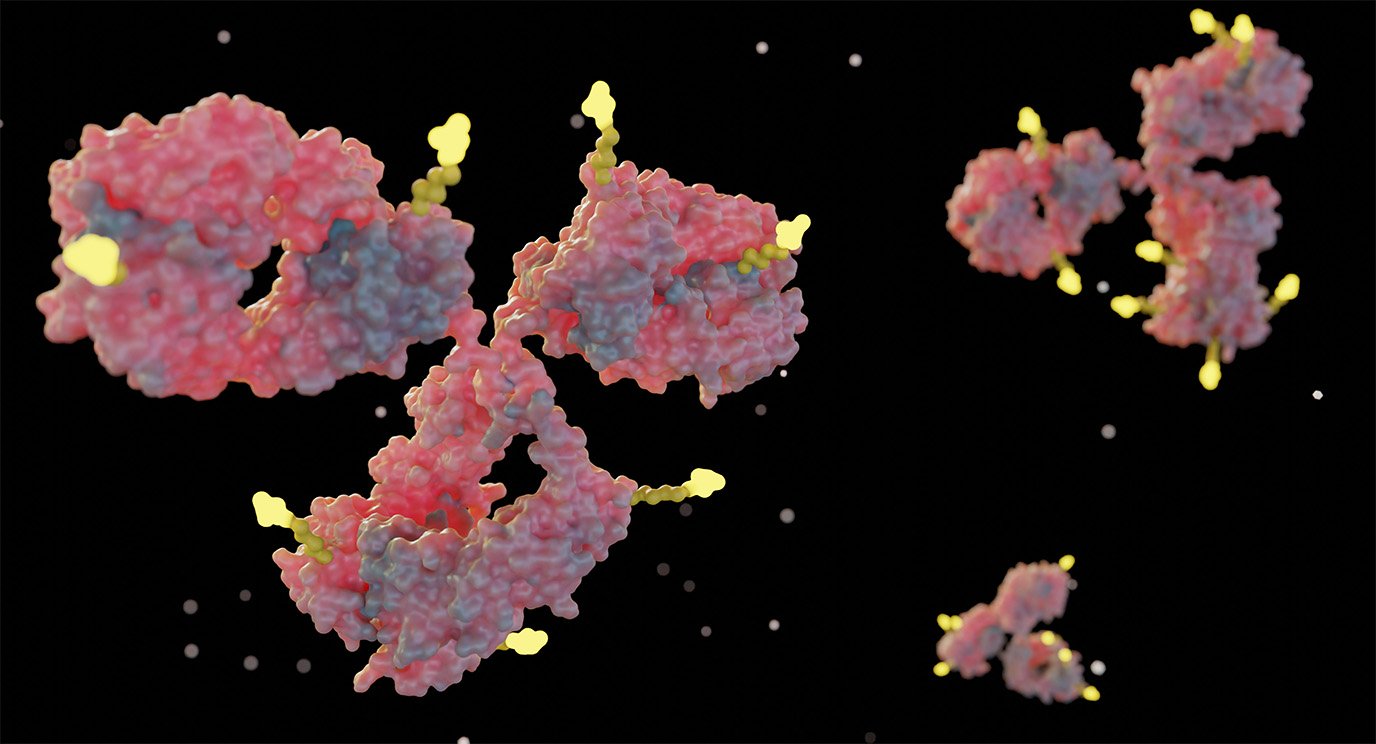- Diseases
- Acoustic Neuroma (14)
- Adrenal Gland Tumor (24)
- Anal Cancer (68)
- Anemia (2)
- Appendix Cancer (16)
- Bile Duct Cancer (26)
- Bladder Cancer (72)
- Brain Metastases (28)
- Brain Tumor (232)
- Breast Cancer (714)
- Breast Implant-Associated Anaplastic Large Cell Lymphoma (2)
- Cancer of Unknown Primary (4)
- Carcinoid Tumor (8)
- Cervical Cancer (158)
- Colon Cancer (166)
- Colorectal Cancer (116)
- Endocrine Tumor (4)
- Esophageal Cancer (44)
- Eye Cancer (36)
- Fallopian Tube Cancer (8)
- Germ Cell Tumor (4)
- Gestational Trophoblastic Disease (2)
- Head and Neck Cancer (12)
- Kidney Cancer (128)
- Leukemia (342)
- Liver Cancer (50)
- Lung Cancer (286)
- Lymphoma (278)
- Mesothelioma (14)
- Metastasis (30)
- Multiple Myeloma (100)
- Myelodysplastic Syndrome (60)
- Myeloproliferative Neoplasm (4)
- Neuroendocrine Tumors (16)
- Oral Cancer (100)
- Ovarian Cancer (172)
- Pancreatic Cancer (160)
- Parathyroid Disease (2)
- Penile Cancer (14)
- Pituitary Tumor (6)
- Prostate Cancer (146)
- Rectal Cancer (58)
- Renal Medullary Carcinoma (6)
- Salivary Gland Cancer (14)
- Sarcoma (238)
- Skin Cancer (294)
- Skull Base Tumors (56)
- Spinal Tumor (12)
- Stomach Cancer (64)
- Testicular Cancer (28)
- Throat Cancer (92)
- Thymoma (6)
- Thyroid Cancer (96)
- Tonsil Cancer (30)
- Uterine Cancer (80)
- Vaginal Cancer (16)
- Vulvar Cancer (20)
- Cancer Topic
- Adolescent and Young Adult Cancer Issues (20)
- Advance Care Planning (10)
- Biostatistics (2)
- Blood Donation (18)
- Bone Health (8)
- COVID-19 (362)
- Cancer Recurrence (120)
- Childhood Cancer Issues (120)
- Clinical Trials (630)
- Complementary Integrative Medicine (22)
- Cytogenetics (2)
- DNA Methylation (4)
- Diagnosis (232)
- Epigenetics (6)
- Fertility (62)
- Follow-up Guidelines (2)
- Health Disparities (14)
- Hereditary Cancer Syndromes (126)
- Immunology (18)
- Li-Fraumeni Syndrome (8)
- Mental Health (116)
- Molecular Diagnostics (8)
- Pain Management (62)
- Palliative Care (8)
- Pathology (10)
- Physical Therapy (18)
- Pregnancy (18)
- Prevention (912)
- Research (392)
- Second Opinion (74)
- Sexuality (16)
- Side Effects (604)
- Sleep Disorders (10)
- Stem Cell Transplantation Cellular Therapy (216)
- Support (402)
- Survivorship (320)
- Symptoms (182)
- Treatment (1786)
New hope for leptomeningeal disease care
4 minute read | Published April 03, 2017
Medically Reviewed | Last reviewed by an MD Anderson Cancer Center medical professional on April 03, 2017
When cancer spreads to the central nervous system, it usually goes to the brain tissue. In a small but growing number of cases, though, it shows up in the cerebrospinal fluid surrounding the brain and spinal cord and/or in the leptomeninges, the lining of the brain and spinal cord. This type of metastasis is known as leptomeningeal disease (LMD), or leptomeningeal carcinomatosis.
Since leptomeningeal disease cancer cells float in the cerebrospinal fluid, they can quickly spread throughout the central nervous system. As a result, leptomeningeal disease has a poor prognosis, with survival typically measured in months.
The Neuro-Oncology department at MD Anderson is expanding its LMD program dedicated to better understanding and treating the disease. Barbara O’Brien, M.D., assistant professor of neuro-oncology, recently spoke with us about leptomeningeal disease and our effort to help patients with this condition.
What cancer types are most prone to leptomeningeal disease?
Leptomeningeal disease tends to occur most commonly with cancers that spread to the central nervous system. This includes breast cancer, lung cancer and melanoma.
What are the most common symptoms of leptomeningeal disease?
The most common symptoms include an altered mental state, which means confusion, and a pressure headache that is worst in the morning and that gets progressively more intense over several days and weeks. Other symptoms can include seizures, double vision or even a numb chin.
What led to the creation of MD Anderson’s leptomeningeal disease program?
We desperately need better treatments for our patients. We also need to understand why some patients may be at higher risk of developing leptomeningeal disease. Classically, leptomeningeal disease was considered a very late-stage complication of cancer, and there wasn’t much we could do for those patients. Now, more patients are surviving longer with cancer and otherwise are doing well at the time they’re diagnosed with leptomeningeal disease. So we’re actively working to find better treatments for them.
What are we doing to improve care at MD Anderson?
Our doctors and nurses keep a close eye out for leptomeningeal disease symptoms, which can lead to earlier detection. If they see someone they suspect may have leptomeningeal disease, they send the patient for a neurologic evaluation pretty quickly. Our team consists of a neuro-oncologist, neurosurgeon and/or radiation-oncologist. We work closely with the patient’s primary oncologist to provide expert care that includes diagnosis and treatment options, as well as education and support for patients and caregivers.
We’re also conducting a pilot study for small cell lung cancer patients, who have a high risk of developing brain metastases and leptomeningeal disease early. When a patient comes in newly diagnosed with small cell lung cancer, they meet with a neuro-oncologist soon after meeting their lung doctor. They undergo a full neurologic evaluation, including a neurologic exam, an MRI scan of the brain and a lumbar puncture, also known as a spinal tap. This study paves the way for earlier diagnosis and earlier treatment of leptomeningeal disease.
What treatments can we offer to leptomeningeal disease patients?
Goals for treatment include prolonging survival and stabilizing neurological symptoms. While there’s no cure for leptomeningeal disease yet, radiation and chemotherapy are the two most common treatments. Since it’s very hard for drugs to make it into the central nervous system, the chemotherapy is delivered intrathecally. That means we drill a small hole in the skull and insert a port, which is used to deliver the drug. Intrathecal chemotherapy can only penetrate a few millimeters. If the tumor is any thicker, we may give radiation first to try to shrink it down.
We’re also exploring new treatments. We’re working on a clinical trial for breast cancer patients with leptomeningeal disease, and we have an open clinical trial for non-small cell lung cancer patients.
What is leptomeningeal disease research focusing on?
Our goal is to develop effective strategies to prevent and treat leptomeningeal disease and improve the overall quality of life for our patients. We want to learn more about the biology of leptomeningeal disease. If we understand more about the cerebrospinal fluid and the tumor cells that get to the leptomeninges, we can better understand how to treat these patients and prolong survival. For example, with the small cell lung cancer patients we monitor, we’re doing some tests on the spinal fluid to see if there are any molecular changes that signal the patient is going to develop leptomeningeal disease. We know patients with small cell lung cancer are at high risk of developing central nervous system metastases. We’re trying to figure out why they’re at high risk and how to predict when and if a patient will develop leptomeningeal disease. If we can figure that out, we can learn how to better treat leptomeningeal disease and maybe eventually prevent it.
Request an appointment at MD Anderson online or by calling 1-877-632-6789.

Our goal is to develop effective strategies to prevent and treat leptomeningeal disease and improve the overall quality of life for our patients.
Barbara O’Brien, M.D.
Physician





